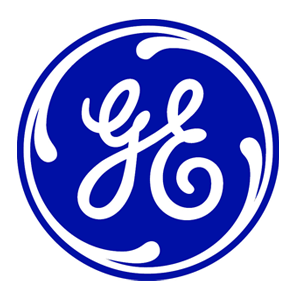Five Percent of World’s Natural Gas Wasted, GE Report Says
Money to Burn? GE is Putting Wasted Flare Gas to Work
Eliminating Wasteful Global Gas Flaring Could Be the Next Big Energy and Environmental Success Story
(3BL Media / theCSRfeed) WASHINGTON, D.C.— April 22, 2011—GE (NYSE: GE) today released a study, Flare Gas Reduction: Recent Global Trends and Policy Considerations, which estimates that 5 percent of the world’s natural gas production is wasted by burning or “flaring” unused gas each year—an amount equivalent to 30 percent of consumption in the European Union and 23 percent in the United States. Gas flaring emits 400 million metric tons of CO2 annually, the same as 77 million automobiles, without producing useful heat or electricity. Worldwide, billions of cubic meters (bcm) of natural gas are wasted annually, typically as a by-product of oil extraction. The study finds that the technologies required for a solution exist today. Depending on region, these may include power generation, gas re-injection (for enhanced oil recovery, gathering and processing), pipeline development and distributed energy solutions. Nearly $20 billion in wasted natural gas could be used to generate reliable, affordable electricity and yield billions of dollars per year in increased global economic output. “Power generation, gas-reinjection and distributed energy solutions are available today and can eliminate the wasteful practice of burning unused gas. This fuel can be used to generate affordable electricity for the world’s homes and factories,” said Michael Farina, program manager at GE Energy and author of the white paper. “With greater global attention and concerted effort—including partnerships, sound policy and innovative technologies—large-scale gas flaring could be largely eliminated in as little as five years. It’s a win-win outcome,” continued Farina. The report provides a region-by-region analysis of gas flaring trends, including:-
Within the Russian Federation, by some measures the world’s largest source of flare gas emissions, as much as 50 billion cubic meters of natural gas produced is wasted annually. If half of this flare gas (25 bcm per year) was captured and sold at prevailing domestic prices in Russia, the economic opportunity may exceed $2 billion U.S. dollars (65 billion rubles). A significant portion of this waste could be avoided with modest policy efforts and greater emphasis on investments in power generation and gas processing technologies.
-
Although Nigeria has reduced flare gas emissions by 28 percent from 2000 levels, the country’s oil industry still wastes 15bcm of natural gas every year. While nearly half of the population has no access to electricity, the country spends nearly $13 billion per year on diesel-powered generation and perhaps 10GW of potential electricity is flared away. Successful capture and flare gas utilization could potentially triple per capita electricity consumption for this nation of 155 million people.
-
Elsewhere in West Africa, Angola, Equatorial Guinea, Gabon, Congo and Cameroon collectively waste about 10 billion cubic meters of natural gas every year.
-
Low natural gas prices and higher costs related to capturing flare gas in the Middle East inadvertently encourage the wasteful burning of unused gas.
-
Communicate the value of gas, including greater efficiency;
-
Highlight the financial benefits associated with gas flaring reduction;
-
Secure local government support for monitoring and enforcing flaring regulations; and
-
Build capacity that helps local investors and contractors develop, operate and service distributed power generation.
Dan Nelson
GE Energy
+1 518 385 5992
daniel1.nelson@ge.com
Ken Darling or Gina DeRossi
Masto Public Relations
+1 518 786 6488
kenneth.darling@ge.com
gina.derossi@mastopr.com
GE13361
Imagine checking your tires regularly to maintain proper inflation, getting your car tuned up as needed to keep it running efficiently, when all the while you had a great big hole in your gas tank that let 5% of every tank go leaking out along the road. I expect that if you were that person, you would want to get that hole plugged (or the tank replaced) as soon as possible. But you might be surprised to learn that a number of oil companies don’t think like you do, especially when it comes to natural gas.
To continue reading this article about the effects of gas flaring, click here.
